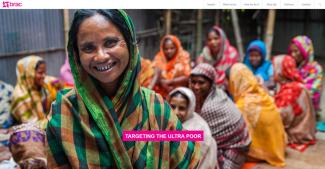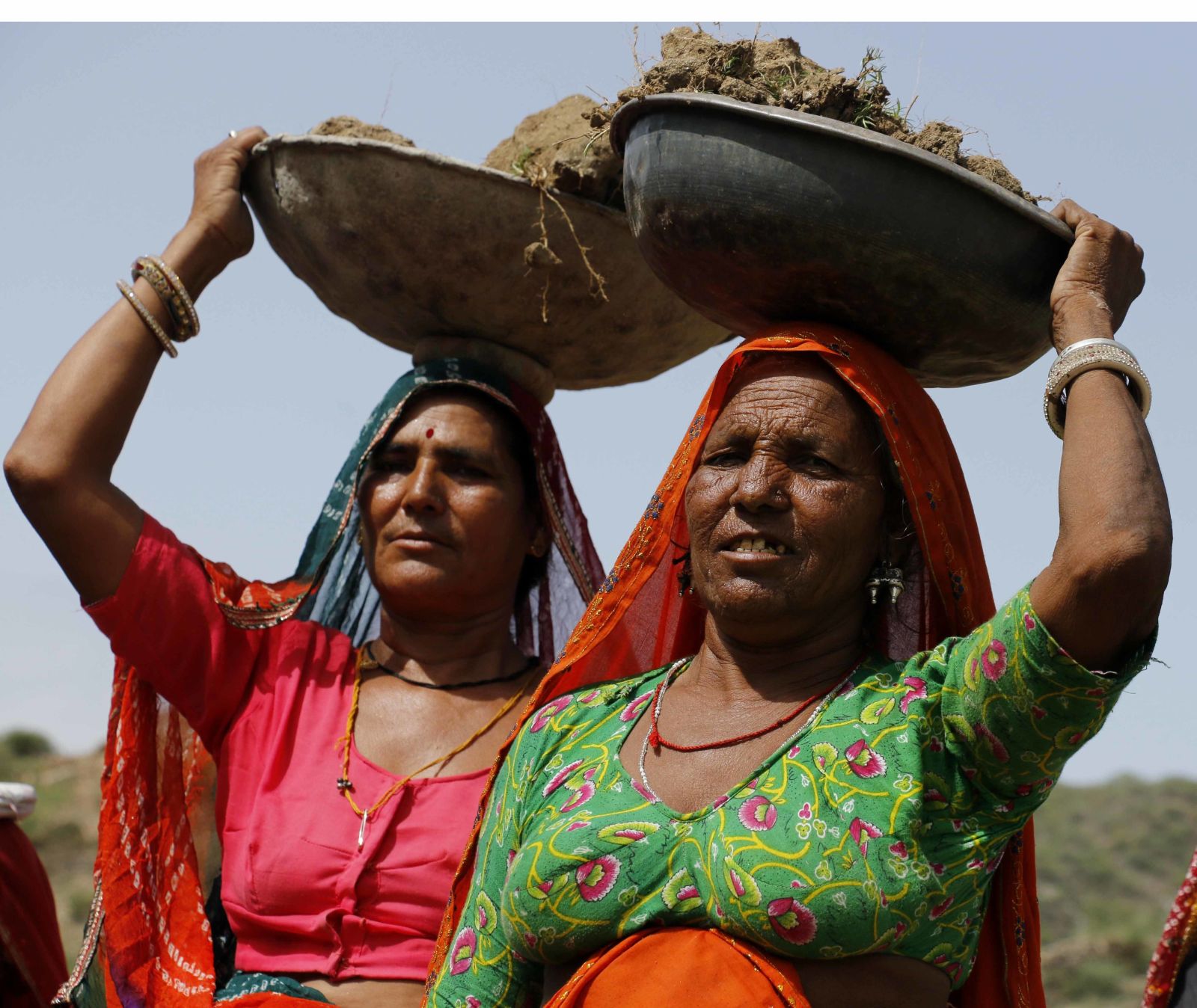Poverty alleviation
Costs and benefits of poverty targeting

Many international donors today support targeted poverty-reduction programmes in developing countries. Germany, for instance, has funded relevant policies in countries like Cambodia and Malawi.
A particularly innovative approach is a programme run by BRAC, the international non-governmental organisation (INGO) from Bangladesh. It is called “Targeting the ultra poor” and enjoys the support of international donors, including Britain and Australia. It combines targeted basic social protection with proactive support measures such as skills training, the transfer of productive assets and family coaching (see Jörn Geisselmann in D+C/E+Z e-Paper 2017/05, p. 34).
There are six distinct methodologies for poverty targeting (see box). Assessing their pros and cons is difficult. It often makes sense to link some of them.
Targeting accuracy is most commonly measured in terms of inclusion errors (including non-poor individuals or households in the targeted population) and exclusion errors (excluding poor individuals or households from the targeted population). Part of the problem is that ensuring accuracy increases a programme’s costs. Accordingly, Nazaire Houssou, a scholar from Hohenheim University in Stuttgart, has warned: “The higher the method accuracy, the lower the practicality or the higher the costs of implementation and vice versa.”Other experts have pointed out that observed variations in targeting performance may reflect weak programme implementation rather than design flaws. They also see a trade-off between the objective of reducing current poverty (for example, through minimum-wage employment in public infrastructure programmes) and the objective of reducing future poverty through developmental interventions (such as better schools, for example).
The costs of poverty targeting
The fixed and variable costs of poverty-targeting programmes matter, of course. The relevant items may be broken down into the following four categories:
- Design costs are mostly one-off costs which are incurred during preparation, development and testing of the poverty targeting system.
- Operational costs include the direct costs of the benefits (such as cash transfers, work-programme wages and school meals), but also the costs of staff, IT services, retargeting and other matters.
- External costs are born by the target group (workfare participants’ travel expenses, stigmatisation and loss of self-esteem due to consumption of low-quality foodstuffs) and not compensated by the programme.
- Opportunity costs are equivalent to what beneficiaries forgo because of the targeted intervention. If poor women do not get subsidised pre-natal health treatment unless they participate in nutrition training, for instance, they cannot pursue income-generating activities at the same time.
Cost-effectiveness is a frequently recurring topic in the debate on poverty targeting. Actual expenditure data, however, is still quite scarce or at least not easily accessible. The existence of external and opportunity costs (“hidden costs”) is generally recognised, but they are nonetheless only rarely factored into the overall cost-benefit assessment of targeted poverty-reduction programmes. At the same time, the expected benefits tend to be treated as self evident (improved living standards, reduced vulnerability et cetera), so various potential benefits are largely ignored. They may include:
- leakages to non-poor individuals and households,
- mobility between poor and non-poor regions or
- improved health due to better nutrition and nutrition sensitisation.
Potential “hidden benefits” such as these are rarely mentioned in publications on poverty targeting. It is therefore safe to conclude that a truly robust and comprehensive methodology for doing cost-benefit analyses in the field of poverty targeting has yet to emerge.
For things to improve, data collection and analysis systems must become better. They are pre-requisites for properly assessing the true costs and benefits of poverty targeting systems. The demand to boost the capacities of statistical offices has been expressed again and again ever since the SDGs were adopted.
At the same time, UN member states must rise to many other challenges if they truly are to “leave no one behind”. Many governments only have weak administrative capacities, and that is particularly true at subnational and local levels. Corruption is rife in many places, and patterns of discrimination tend to be deeply entrenched. Moreover, we observe instances of poverty-reduction fatigue.
In view of these challenges, Raj M. Desai of the Brookings Institution has claimed that the pendulum may be swinging away from targeting towards more universalistic social-protection approaches. He argues that, in advanced nations, government-run health insurances and pension systems enjoy legitimacy because they serve the vast majority of the people rather than only the poorest. Such universal protection systems, however, are typically funded with payroll taxes, so they are not viable in economies marked by huge informal sectors. Formalising the informal sector makes sense, of course, but it is a daunting challenge in its own right.
History shows that support for – and opposition to – poverty-reduction programmes can shift over time in any given population. Issues relating to social protection in general and poverty targeting in particular can influence election outcomes. Poverty targeting can help to eradicate extreme poverty in particular, but it will only find acceptance if decision makers and their constituencies are sufficiently convinced that the programmes’ overall costs are justified by their results.
James G. Bennett is a senior lecturer at the Frankfurt School of Finance and Management (FSFM) and an independent development policy advisor, researcher and trainer based in Cologne, Germany. His primer on poverty targeting was published by GIZ.
bennett@ipa-cologne.de
Links
Desai, R. M., 2017: Rethinking the universalism versus targeting debate.
https://www.brookings.edu/blog/future-development/2017/05/31/rethinking-the-universalism-versus-targeting-debate










